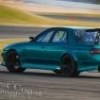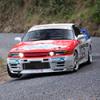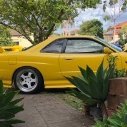R33 Gtst Track Build
Announcements
-
Similar Content
-
Latest Posts
-
I bought one for a 32 and it was junk, found its way into the bin
-
have a look at the other 2 stock rubber strips marked in blue. As you can see, they press against the cooling panel and leave marks. If the cooling unit panel isn’t there, the strip press against nothing therefore have no use. So Nissan was thinking ahead when they manufactured the cars, as they must’ve known people will install the panels in the future. Otherwise think about it, why else would they be there? Therefore that in itself directly infers that cooling panels do something. It might be to stop water and stop some air from going above the cooling panel so more of the air can be redirected between the cooling panel and the front bar towards the condenser and radiator. I tried to take a pic of it while the bonnet was closed but u can’t see shit in the photo
-
@DraftySquash @Duncan i misspoke, or this might be the other way. someone sent me a low res pic of it on It might completely close off the gap in red like in the second pic (second pic has gktech cooling panel on) .The 3 holes are for the plastic rivets used to secure down the front bar. The outer holes on the radiator side go underneath the condenser brackets If thats the case then there’s going to be no air going in through the grill between the bonnet and the bar for the radiator and condenser. Isn’t that bad? I mean less airflow to the radiator and condenser is all I’m saying
-
Interesting. Some of them were tight to lol
-
By Dose Pipe Sutututu · Posted
That's right, simple but works. Run out of load? Rescale the table lol. Want to be lazy and not rescale? Drag the K
-









Recommended Posts
Create an account or sign in to comment
You need to be a member in order to leave a comment
Create an account
Sign up for a new account in our community. It's easy!
Register a new accountSign in
Already have an account? Sign in here.
Sign In Now